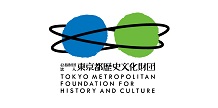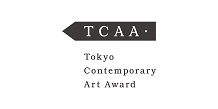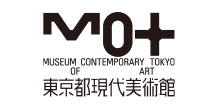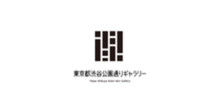LEE Kai Chung
- TOP >
- Archives >
- Residency Program >
- LEE Kai Chung
International Creator Residency Program
update: 2019.6.26
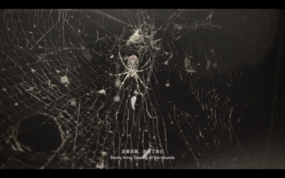
LEE Kai Chung
| Participating Project | International Creator Residency Program |
|---|---|
| Activity Based | Hong Kong |
| City | Tokyo |
| Period | 2019.5 - 2019.7 |
Purpose of the residency
To succeed the ongoing research-based project ‘The Retrieval, Restoration and Predicament’, which confronts the notion of circulation of materials with social and monumental significance during the Second World War (WWII), Lee will continue his research on war memory, historical and anthropological records and deviation between diverse historiographic narratives.
Hong Kong was considered as home front and transit station during the Japanese Occupation period. In the first two year of occupation, infrastructure and political structure were drastically reformed in order to fulfil the warfare needs in greater Asia war zones. As a result, a malicious Institute of Infectious Diseases was established off the records, which conducted biological and chemical research and development.
Plan during the residency
The residency project will comprise three stages: and artwork fabrication; 3) Public sharing and scre
1) collecting, researching (in local archives) and creating;
2) processing collected materials (i.e. archival materials categorization and film editing) and artwork fabrication;
3) Public sharing and screening/exhibition.
Activities during the residency
During residency period, I conducted both archival and field research about biological, chemical and bacteriological live experiment during Japanese Occupation in Hong Kong between 1941-45 and in Guangzhou China between 1939-1945. The project is entitled The Narrow Road to the Deep Sea; apart from exploring war and atrocity, the project examines the notion of human displacement owing to well-founded fear, re-discovering and unfolding details on humanity lurks deep within us all. The research was conducted in the following institute:
- National Archives of Japan
- Shōkei-kan
- Yūshūkan
- Women's Active Museum on War and Peace
- Memorial Museum for Soldiers, Detainees in Siberia, and Postwar Repatriates
- The Center for the Tokyo Raids and War Damage
- Museum of Health and Medicine
- The University Museum,The University of Tokyo
- Kokuritsu Hansenbyo Museum
Overview of the residency
In my experience on conducting research related to history, I usually start with a preliminary research on primary and secondary source materials in Hong Kong, then deepen the research with more first-hand information and materials in the country. The residency project is slightly different from my previous project, as a large portion of primary source materials are segregated, hindered and some are destroyed by the end of the war. And what I am looking at is the reflection (i.e. interviews of veteran, survivor and their descendants of the massacre, newspaper report in the 60s to 80s, publication and writings). Through, archives and records will never represent the whole picture of history, the secondary source material shows the ‘processed’ or ‘interpreted’ side of the event. Somehow, I do not encounter this as a difficulty, instead, the phenomenon of how historical narratives are being represented plays a major role in my practice. Even I am looking at the reflection of water, the image is as important as the subject itself. In addition, all my other research projects are parallel to each other, in other words, they can supplement and interfere as long as they are under similar context, which is about human displacement, politics and post-war ideologies.
During the residency, I finish four video works, and two sculptures.
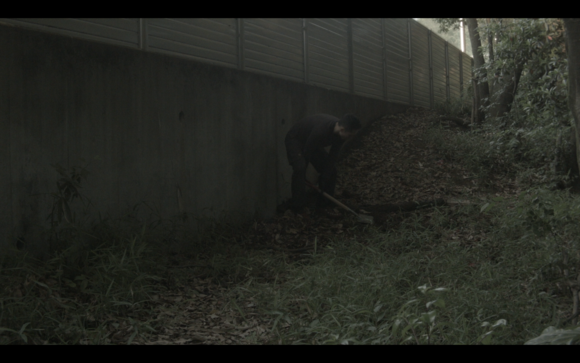
The Narrow Road to the Deep Sea (The Digger), Single-channel video on super 8 film projector | 10’30” | B&W | 4:3 | Silent, 2019
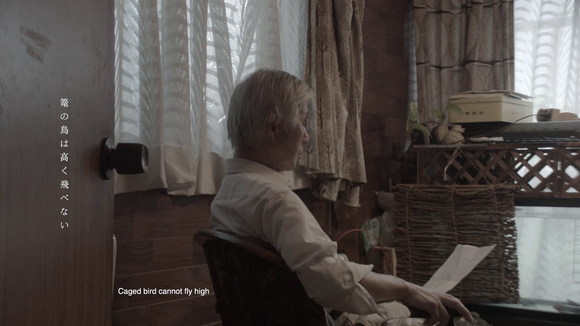
The Narrow Road to the Deep Sea (The Enka Singer), Single-channel video | 1’45” | color | 16:9 | stereo, 2019
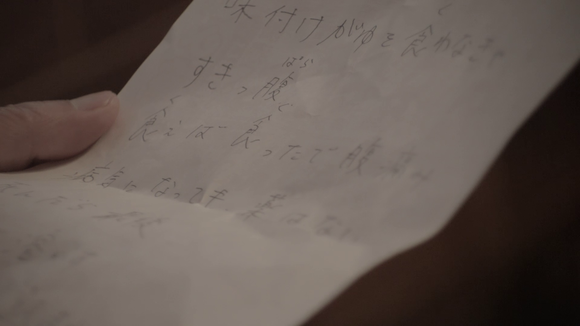
The Narrow Road to the Deep Sea (The Enka Singer), Single-channel video | 1’45” | color | 16:9 | stereo, 2019
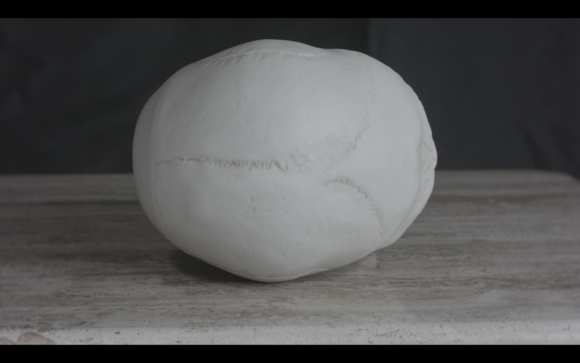
The Narrow Road to the Deep Sea (George and the Swimming Pool), Single-channel video | 10’26” | color | 16:9 | stereo, 2019
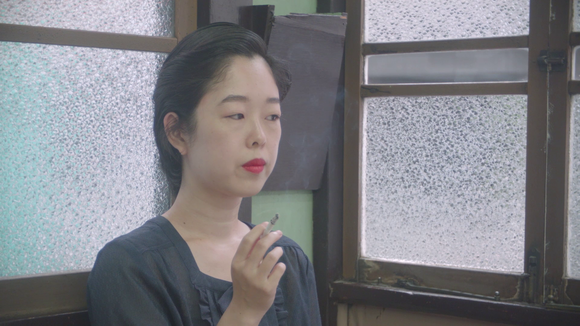
The Narrow Road to the Deep Sea (The Smoking Lady), Single-channel video | 9’43” | color | 16:9 | stereo, 2019
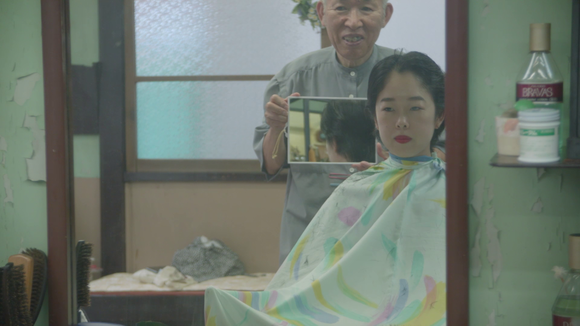
The Narrow Road to the Deep Sea (The Smoking Lady), Single-channel video | 9’43” | color | 16:9 | stereo, 2019




